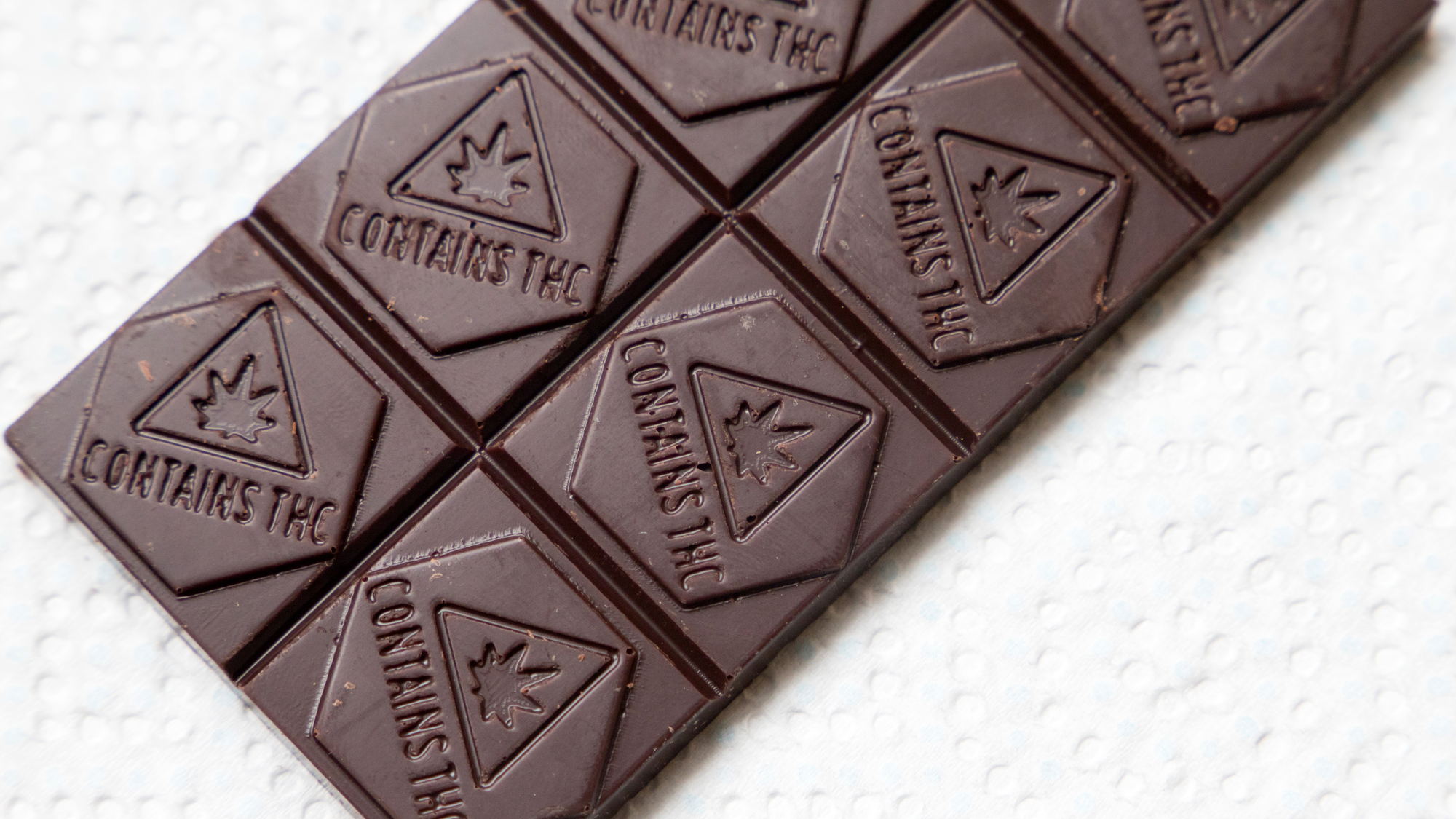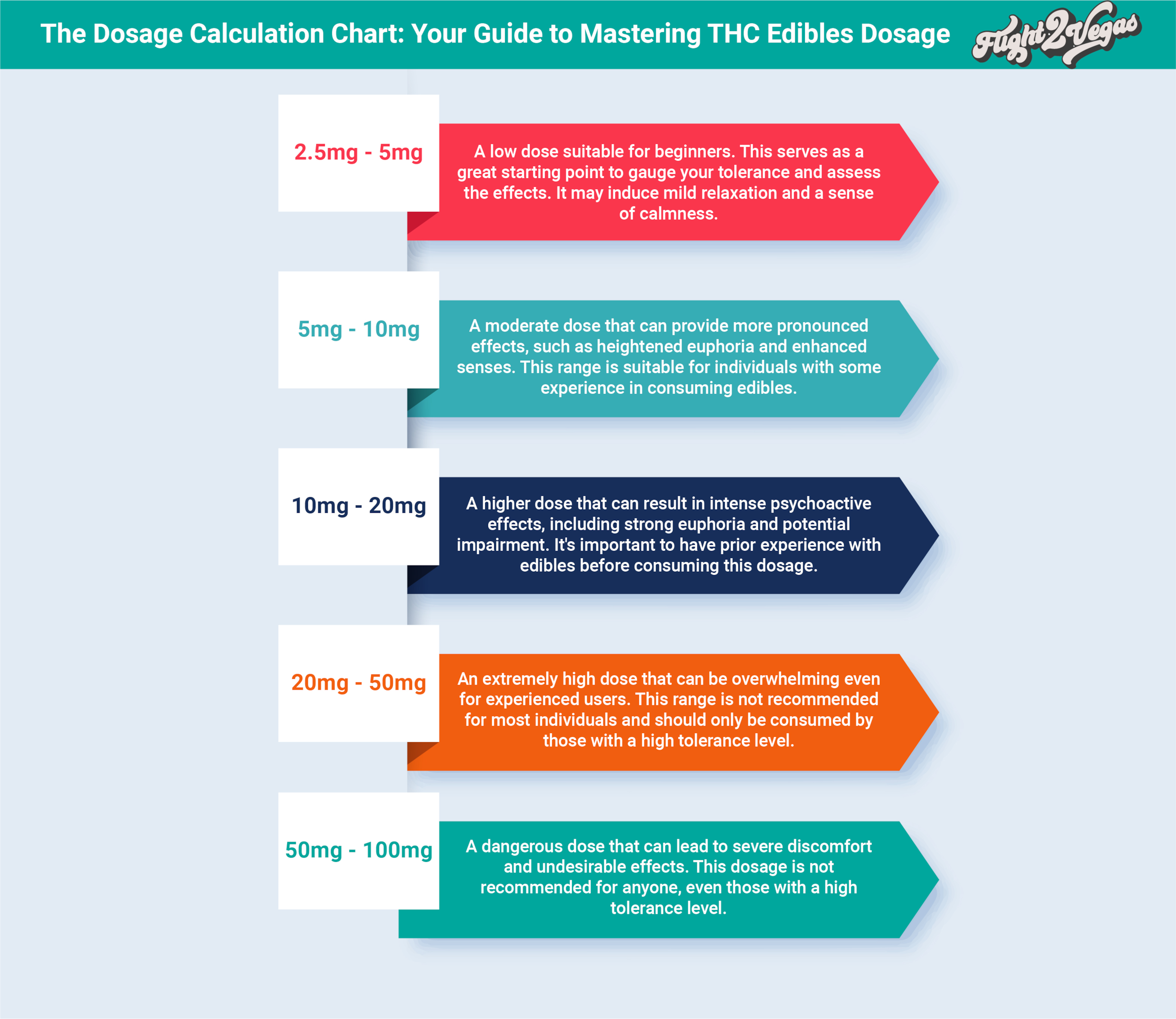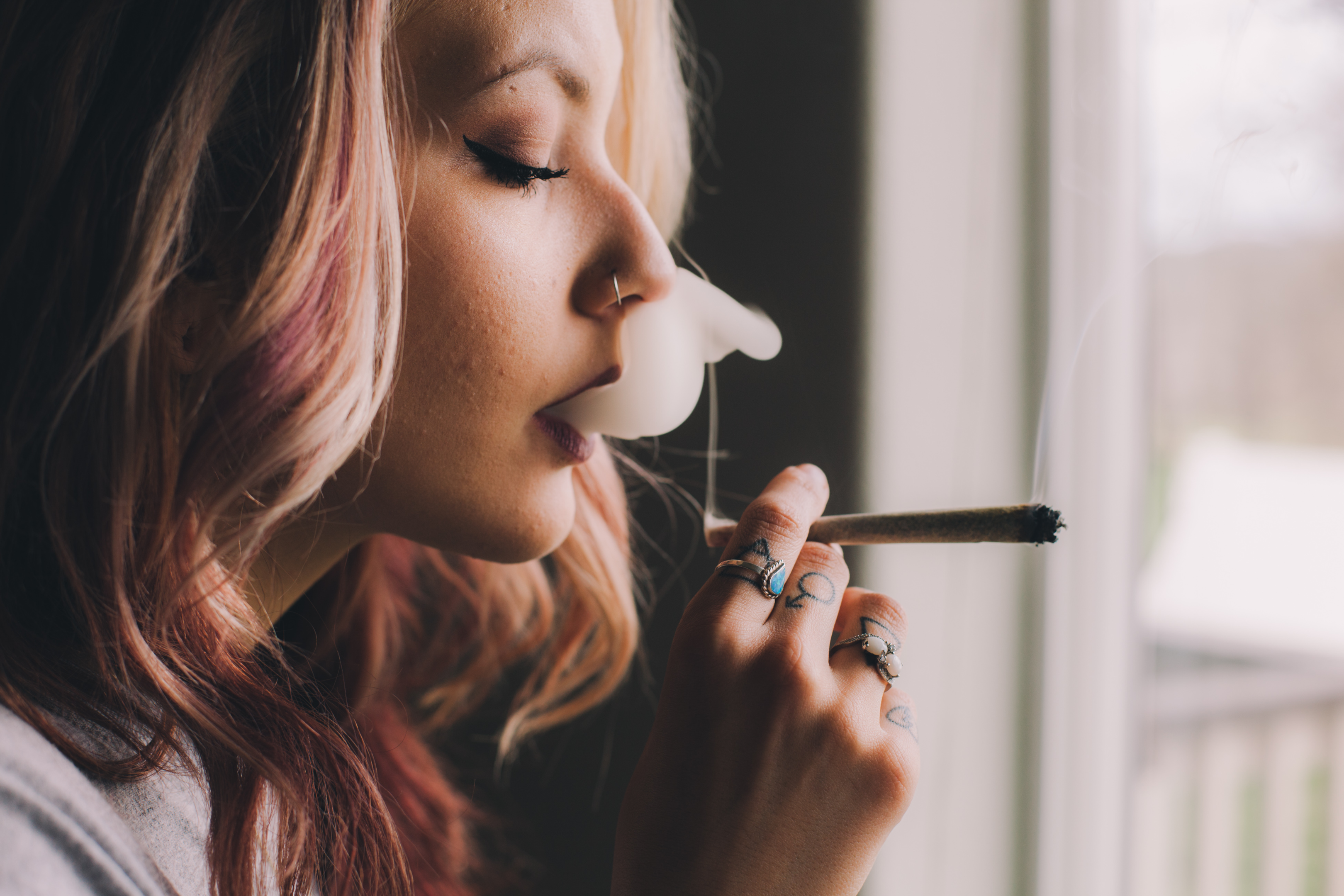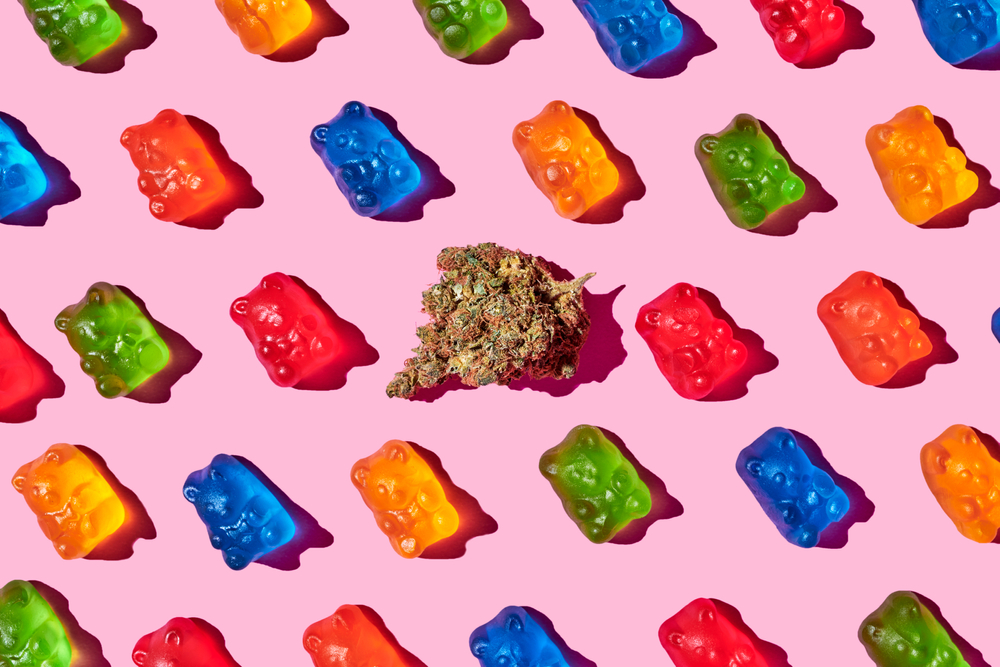

How to Prevent and Cure Cannabis Edibles Overdose
When dosed correctly, edibles have a fantastic ability to uplift and soothe your body and mind. However, if you’ve ever taken too many edibles, you will know how quickly that can change.
Despite the amazing therapeutic potential of edibles, they are the most common way that people overdose on cannabis products.
There is nothing more unsettling than a marijuana edible overdose, and unfortunately, so many people have sworn off edibles for this reason. When rejecting edibles, you are missing out on the unique benefits of a digestible cannabis supplement.
With a little insight into marijuana overdose and harm reduction techniques, you can enjoy edibles easily, so you don’t have to miss out on this diverse and delicious product category!

The body processes edibles differently than smoke
One of the key reasons why it is easier to overdose on edibles compared to inhaled cannabis smoke or vapor comes down to how the body metabolizes edibles. Smoke enters the lungs, bloodstream, and nervous system almost instantaneously, while edibles have to be digested.
When the edible travels to your liver, it undergoes first-pass metabolism. This process converts THC into 11-hydroxy-THC (11-OH-THC), a more potent and longer-lasting psychoactive compound similar to THC.
This is why edibles can last for up to 4-12 hours, while most highs from smoking last merely 30 minutes to 6 hours, depending on the dose. This significant difference can leave people misguided when it comes to understanding their own tolerance and dose sizes.
For example, a single puff on a joint maybe 10-25mg of THC ingested; however, the effects would be equivalent to a 2-5 mg edible.
Though incredibly potent, edibles are a remarkably useful way for people to enjoy the benefits of cannabis without acquiring all the tools to smoke and may provide longer-lasting relief for chronic pain and daily stressors.
A lethal dose of cannabis

To help paint a clearer picture of what a deadly dose of weed looks like, we can refer to the LD50 theory. This is a scientific measurement used to determine how deadly any substance is, based on the amount of a material, given all at once, that causes death for 50% of test animals.
When observing cannabis, researchers have concluded that someone must consume 1,500 lbs (680 kg) of cannabis in less than 15 minutes to reach LD50. This theory gives us insight into just how safe cannabis is, especially when compared to substances like alcohol, which have an LD50 that equates to roughly 13 shots (40% ABV).
A major part of why cannabis is so safe is how our body metabolizes it differently from other mind-altering substances. This unique quality is also responsible for how cannabis helps regulate our nervous system.
How cannabis works compared to illicit drugs

Simply put, the body and brain processes cannabis differently than other drugs. The human body holds an endogenous network of cannabinoid receptors, separate from other endogenous systems for opioids and other substances.
When consuming a high dose of opiates, complications with breathing arise as opioids depress the part of the brainstem responsible for breath regulation. Both opioids and alcohol are capable of weakening portions of the brain responsible for cardiovascular executive functioning, leading to higher risks for lethal overdose.
Cannabis functions in an almost opposite way. Not only does it not act on the parts of our body that control blood pressure and breath, but it also has some protective qualities in how it interacts with the body. When THC binds to the appropriate receptors, pregnenolone is produced and released, hindering the negative impact of THC on the brain.
In the end, cannabis acts on parts of the nervous system that regulate essential bodily functions but never lethally impact us. That being said, taking a potent dose of cannabis can come with some overwhelming effects.
Can you overdose on edibles?

A cannabis overdose, or more specifically, an edible overdose, can be disorienting and uncomfortable for anyone, regardless of your level of experience with THC.
They can leave you feeling sweaty, panicked, and unwell for hours. There are some ways you can combat these effects, but time is ultimately the only thing that will help clear up any overdose effects.
Below, we will cover what an overdose feels like; how you can prevent edible overdoses, and minimize the effects of THC while actively experiencing edible-induced anxiety.
What a cannabis overdose looks and feels like
Though weed won’t kill you, it is still possible for consumers to experience an array of unpleasant side effects. The CDC describes cannabis overdose symptoms as cannabis-induced panic attacks. This can be characterized by side effects like:
Extreme confusion
short term memory
Anxiety and paranoia
Increased heart rate
Dizziness, sedation, headache
Dry mouth, red eyes
Delusions or hallucinations (visual and auditory)
Increased blood pressure
Severe nausea and vomiting
In more extreme cases, habitual cannabis consumers have experienced Cannabis Hyperemesis Syndrome (CHS). This condition stems from long-term cannabis consumption, leading to repeated and severe bouts of illness and vomiting.
Of course, these cannabis-related illnesses can be prevented with proper dosing and a solid understanding of THC concentration and how your body responds to cannabis. It’s possible that pre-existing conditions, age, or even prescription drugs can trigger further complications. It is best to be cautious with cannabis if any of the following applies to you.
5 major contraindications for cannabis use:
History of psychosis or schizophrenia
Current research has shown that individuals at risk for schizophrenia have a higher risk of psychosis with cannabis use. CBD may combat these effects, but further examination is required to draw any accurate conclusions.
Pregnancy and lactation
Heavy cannabis use may negatively impact fetal brain development and overall growth. We are still learning how THC impacts child development, making it wise for breastfeeding parents to use caution.
Cardiovascular health risks
THC tends to increase heart rate and can cause tachycardia and fluctuate blood pressure. Though it is rare for cannabis to induce a heart attack, combining it with heart medications may intensify the effects of your prescription medication.
Anti-epileptic medications
Cannabis may change how some drugs metabolize in the body; anti-seizure medications may result in dangerous interactions and should be monitored by a medical professional.
People under 25 years of age
As the brain develops, cannabis consumption may hinder some of these fundamental processes. These effects can lead to a risk for psychotic symptoms and arrhythmias later in life.
Dosing edibles safely
Dosing cannabis edibles safely is very simple – it just takes a little patience! It is always best practice to dose low and only increase your dose carefully over a long enough period of time.
For instance, if you start with a solid dose of 5 mg THC, wait for at least 60-90 minutes before taking an additional 2-5 mg. Edibles will take anywhere from 45 minutes to 2 hours to kick in - so giving your body the time it needs to take effect makes all the difference. You can always take more, but never take less!
What to do if you have had too much cannabis
There is a little bit of a safety net regarding edible dosing. If you feel like a dose is too high for comfort as it kicks in, try taking an equivalent amount of CBD to counter the effects.
The CBD will block the THC right at the receptors, putting a sort of ‘cap’ on how high you can continue to feel. It won’t necessarily sober you, but it can bring you back to a calm state of mind.
Checking in on your body and surroundings can help distract and change the unpleasant state of mind you may be experiencing. Ensuring you are well-fed, hydrated, and in a sensory-pleasing environment can go a long way in adjusting your mental state from on-edge to calm.
Above all, it may help to remember that all cannabis experiences are temporary. What you may feel now will be gone in an hour or two. Stay safe out there as you explore the delicious world of cannabis edibles.
The Bottom Line:
Remember that edibles can be potent, so always start with a low dose and wait at least an hour before marijuana use to avoid uncomfortable symptoms or a fatal overdose. Treatment Options for excessive marijuana use encompass behavioral therapy, participation in support groups, counseling, detoxification programs for intensive users, and tackling any underlying mental health conditions.
Stay mindful of your body and surroundings, and remember that any unpleasant feelings will pass in time. Enjoy the experience, but always use caution when trying new or unfamiliar products.
Happy snacking!
Frequently Asked Questions
What happens if you take too many mg of edibles?
Symptoms of marijuana consumption can range from anxiety, panic attacks, even paranoia, and suicidal thoughts to hallucinations. This may result in challenges in managing cannabis usage and encountering withdrawal symptoms during attempts to cease use.
How long can edibles last if you take too much?
In the United States, a daily diet can last about six hours. Depending on individual metabolism and tolerance levels, the effects can linger for several hours beyond that. It is important to remember to always start with a low dosage and wait for at least two hours before consuming more.
How do you deal with too many edibles?
Find a peaceful and comfortable space if you've had too many edibles. Should your stress become overwhelming, prioritize resting comfortably. Place your hands together, close your eyes, and take deep breaths. Surrounding yourself with familiar people or a family member can definitely help lower your tension.











Leave a comment